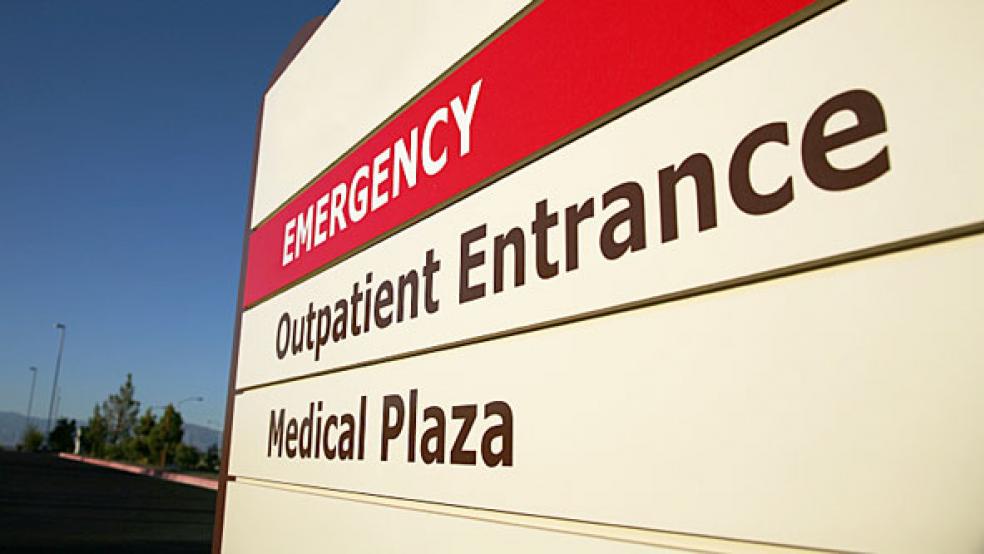Private health insurance plans nationwide, on average, paid hospitals about 2.4 times as much as Medicare did for the same services in the same settings in 2017, according to a new study released Thursday by the RAND Corp., a nonprofit research group.
The RAND study looked at $13 billion in payments to nearly 1,600 hospitals across 25 states from 2015 to 2017. It found wide variation in prices paid by employer-sponsored insurance plans, ranging from 1.5 times Medicare to more than four times as much. Prices paid by private health plans for outpatient services were nearly three times Medicare rates, while prices for inpatient services were about double Medicare rates, on average.
Overall, the researchers calculated that, if the private plans in the study had paid the same rates as Medicare, they would have spent about $7.7 billion less from 2015 to 2017, a savings of nearly 60%.
Why it matters: The study reportedly marks the first time pricing information on a large group of individual hospitals has been made public. As such, it sheds new light on the murky world of health care payments and builds on prior research showing that hospital prices are the main driver of U.S. health care inflation. Hospitals account for the largest share of health care spending, about 33%, and higher hospital prices for employer-provided plans ultimately result in employees paying more in premiums or out-of-pocket costs.
In addition, given the widening gap between what the federal government and private insurers pay hospitals, the study is also bound to be fodder in the ongoing debate over adopting a single-payer “Medicare for All” system. The study shows “market forces are clearly not working,” Richard Scheffler, a health economist at the University of California, Berkeley, told The New York Times.
The power of hospitals: Viewed another way, it’s also an indication of how much hospitals have at stake in the current debate over cutting health care costs and a potential transition to a single-payer system. It may also provide some indication of the leverage hospital systems now have in negotiating prices with insurers following a wave of consolidation.
In a statement, the American Hospital Association said the RAND study represented only a small portion of the 181 million Americans covered by employer-provided insurance and argued that Medicare rates should not be used as a benchmark. “In 2017, hospitals received payment of only 87 cents for every dollar spent caring for Medicare patients,” the group said. “Simply shifting to prices based on artificially low Medicare payment rates would strip vital resources from already strapped communities, seriously impeding access to care.”
But the RAND researchers essentially challenged portions of that statement. "If you ask hospitals, they will pretty commonly say that 'our prices are high because we lose money on Medicaid patients and barely break even on Medicare.' But if you kind of look at the data, that story doesn't hold up that well empirically," economist Christopher Whaley, one of the study's authors, told Modern Healthcare. "Sometimes hospitals that can charge higher prices because of market clout, reputation or must-have status do so."
Will this data make a difference? The study’s findings will be a shock to employers — and even to some hospitals. “The paper’s authors suggest that publishing this pricing data — which they collected from state databases, health plans and self-insured employers — could empower employers to demand lower prices, effectively correcting how the market functions,” Shefali Luthra of Kaiser Health News says. “But, they acknowledged, there’s no guarantee that would, in fact, yield better prices.” In many cases, employers and insurers don’t have the negotiating leverage to bring down prices.
The bottom line: “If we want to reduce health care spending,” Whaley told Kaiser Health News, “we have to do something about higher hospital prices.”





